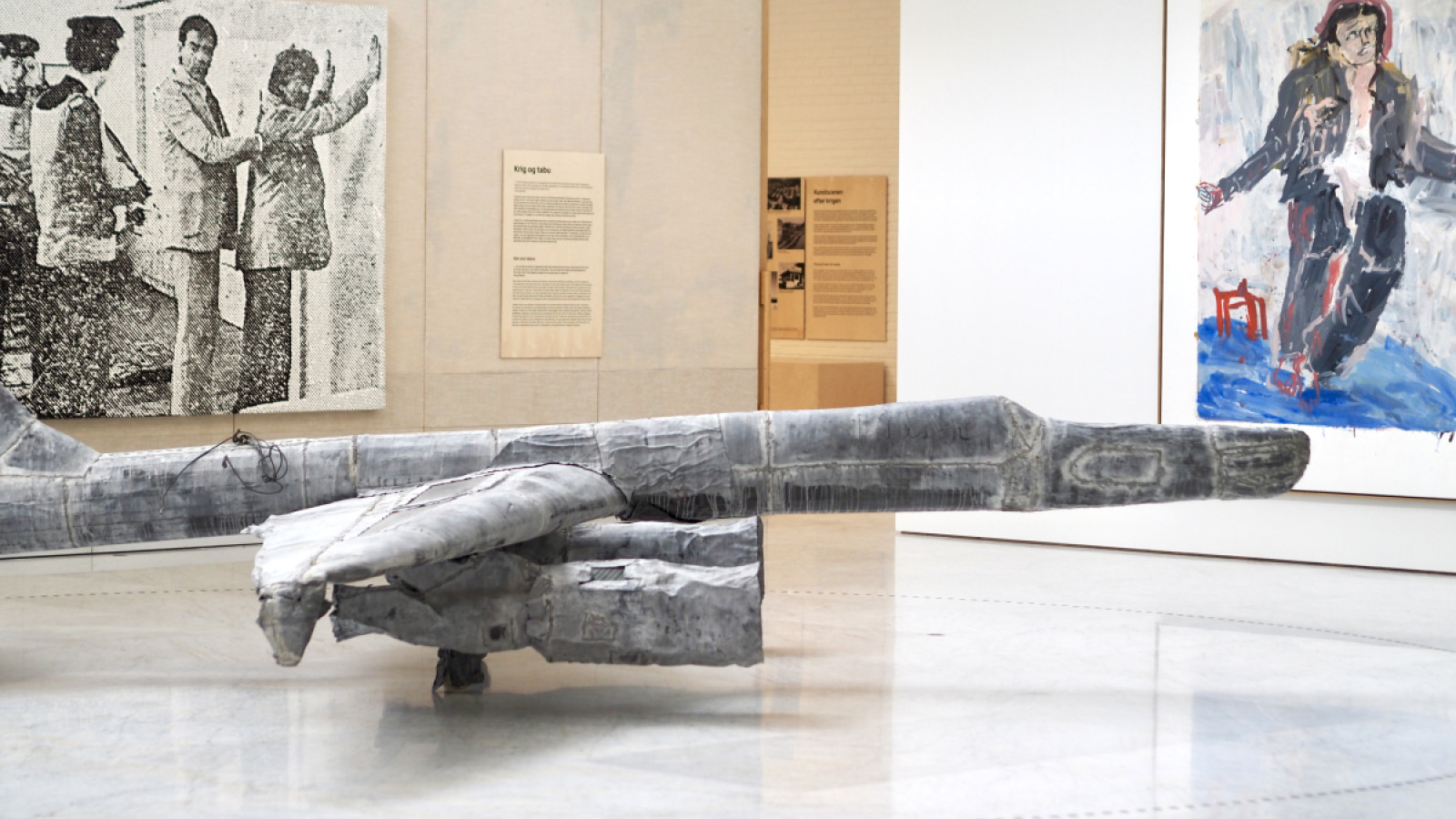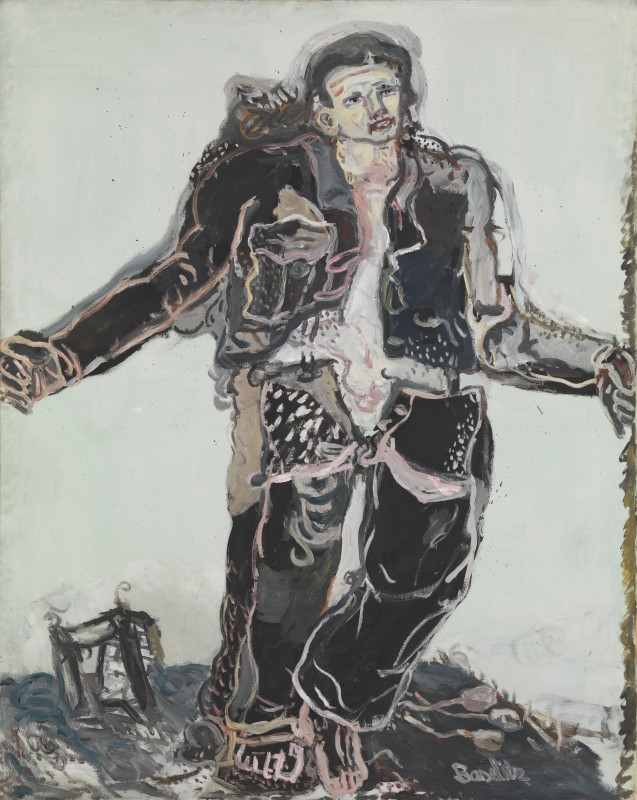
NEU – Polke, Kiefer & Baselitz
Following World War II, three masters of German art grappled with history and took a new, ground-breaking look at Germany. Discover the greatest masterpieces of Polke, Kiefer and Baselitz from the Louisiana collection.
”The most intact world is the world of art.”
– Georg Baselitz
They were three of the most influential voices in German post-war art. In the wake of World War II they created nothing short of an artistic breakthrough.
Sigmar Polke, Anselm Kiefer and Georg Baselitz were the driving forces behind a comprehensive renewal of art during the post-war period, when taboo and trauma lay like a dark shadow over Germany.
Their experimental, ground-breaking approach to painting rekindled interest in German art. They resuscitated art like an explosion, with hugely different takes on how to articulate the gravity of history.
Discover a range of Polke, Kiefer and Baselitz’s greatest works from the Louisiana collection. They provide us with a unique insight into a sensitive chapter in the annals of European history, offering budding hope and faith in a brighter future.
Background
Louisiana is the only museum in Denmark with a substantial collection of modern and contemporary German art. Particularly significant is their collection of works by Sigmar Polke (1941-2010), Anselm Kiefer (b. 1945) and Georg Baselitz (b. 1938), artists who paved the way for new motifs, approaches and materials in painting and sculpture. They constitute a generation of artists born in the 1930s and 1940s, who came up with their very own, unique imagery, coloured by the post-war era. Ultimately, their ground-breaking contribution to the evolution of art – especially painting – restored German art to its rightful place on the international art scene.

Georg Baselitz, Der Neue Typ, 1966. Louisiana Museum of Modern Art, Humlebæk. Donation: Franz Dahlem
The new type in Baselitz's work is a sort of anti-heroes. In barren, war-torn landscapes, they often move barefoot with heavy baggage and hands reaching all the way to the picture frame, which becomes their only point of reference. The style is unique to Baselitz, who later starts turning his motifs upside down in an exploration of the possibilities of painting.
★★★★★
'Kunsten’s excellent presentation of three of the great German painters reveals how they doggedly responded to the realities of the world and – success or not – remained mavericks.'
– Kristeligt Dagblad